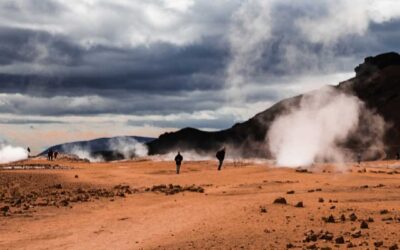This past weekend, I drove back to San Francisco having visited friends in Los Angeles. For months I had been looking forward to a little detour that Erin (our CEO) had suggested. A few months ago, she discovered this pistachio farm, and being the office pistachio connoisseur, I couldn’t think of a better way to break up my long drive.
Three hours after leaving LA and winding my way through the Los Padres National Forest (which was stunning and led to at least one waterfall sighting), I gave up my search for the elusive pistachio sanctuary, and headed home via Interstate 5 and the Altamont Pass.
Altamont Pass, east of San Francisco, is one of three prime concentrations of California’s wind turbines, the others being Tehachapi (south east of Bakersfield) and San Gorgonio (near Palm Springs). Together, these three areas are home to 95 percent (over 13,000 wind turbines) of California’s wind generating capacity.
Having been a city dweller for much of my life, the sight of a wind turbine kindles in me a sense of childish wonder. I think I first saw a wind mill as a child in rural Pennsylvania and remembered being completely mesmerized (you can see from the map above that there are far fewer wind mills in PA than there are in CA). That same feeling of wonder came over me again this weekend, as I looked out over fields of turbines whose blades sliced through the air in an elegant display of high-tech engineering (it happened to be a very windy day).
It seems like wind has resurfaced in the news spotlight this week. Google announced today that it will be investing $55 million in the Alta Wind Energy Center located in the Mojave Desert, part of the Tehachapi wind region. Also, GE unveiled its newest turbine technology at a windpower conference. And as pointed out by blogger Tom Konrad here, two other services offered by 3TIER/Galileo and GE may soon lower the cost of wind power generation, potentially leading to increased wind farm development.
These events coincide nicely with Vice President Joe Biden’s visit to the National Renewable Energy Laboratory (NREL) last week, during which he declared that “science is back.” Should all this inspire hope that the promises of wind power might be fulfilled this year, or at least indicate that we’re on the right path?
On a less positive but related note, wind turbines continue to upset some conservationist groups. Last week, 56 groups and more than 20,000 individuals sent an official comment letter to the US Fish and Wildlife Service, declaring that birds deserve mandatory, rather than voluntary, protection from wind turbines. In actual terms, only one-tenth of one percent of all “unnatural” bird deaths result from wind turbine collisions, though certain wind farms, especially very outdated ones, are particularly harmful toward our avian friends. But on the whole, this issue of “wind turbines are bird killers” has been exaggerated in the past (and as pointed out by the NYT, if you’re really worried about the birds, you should be after Kitty the housecat).
Brought to you by terrapass.com
Featured image








